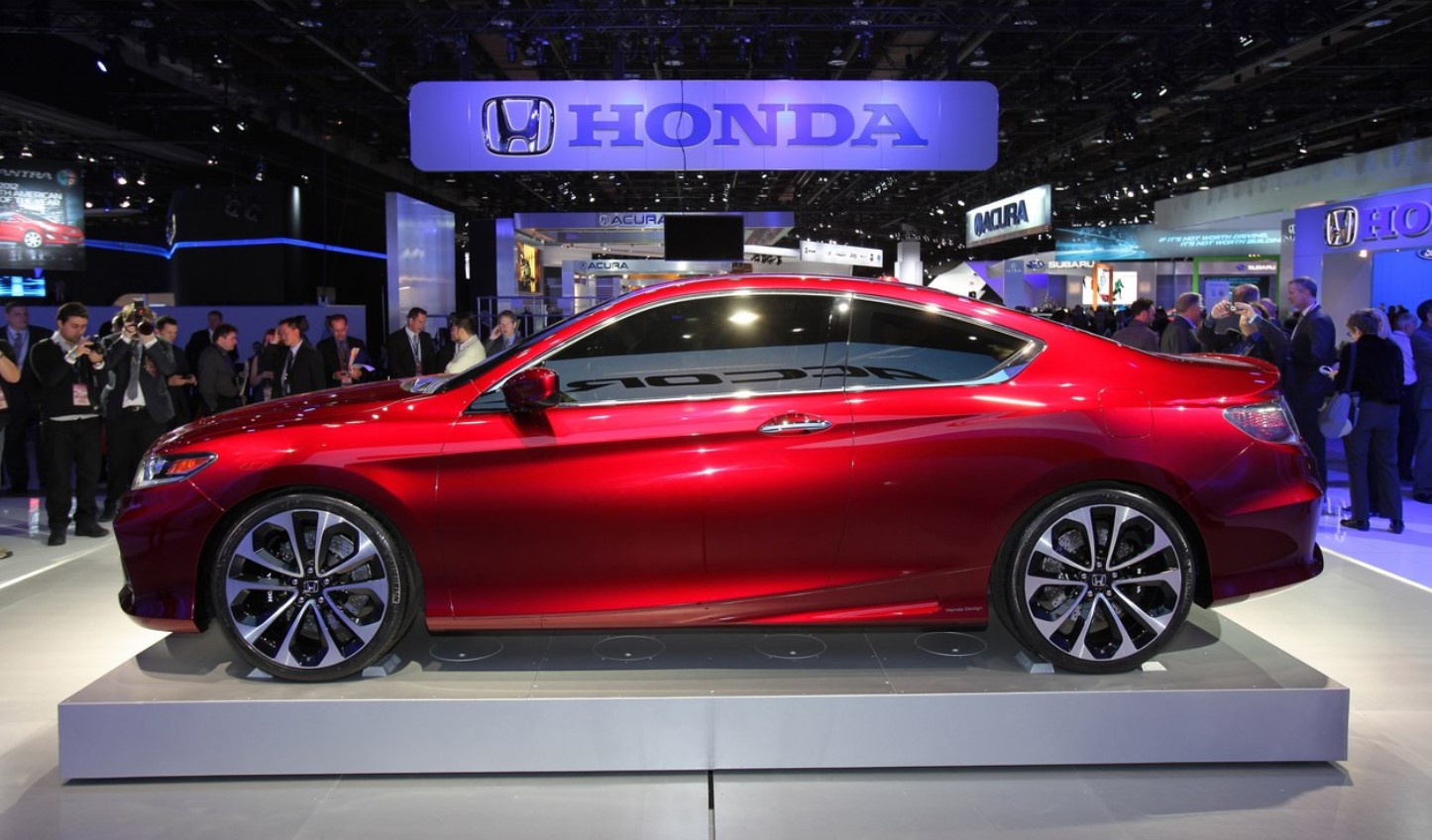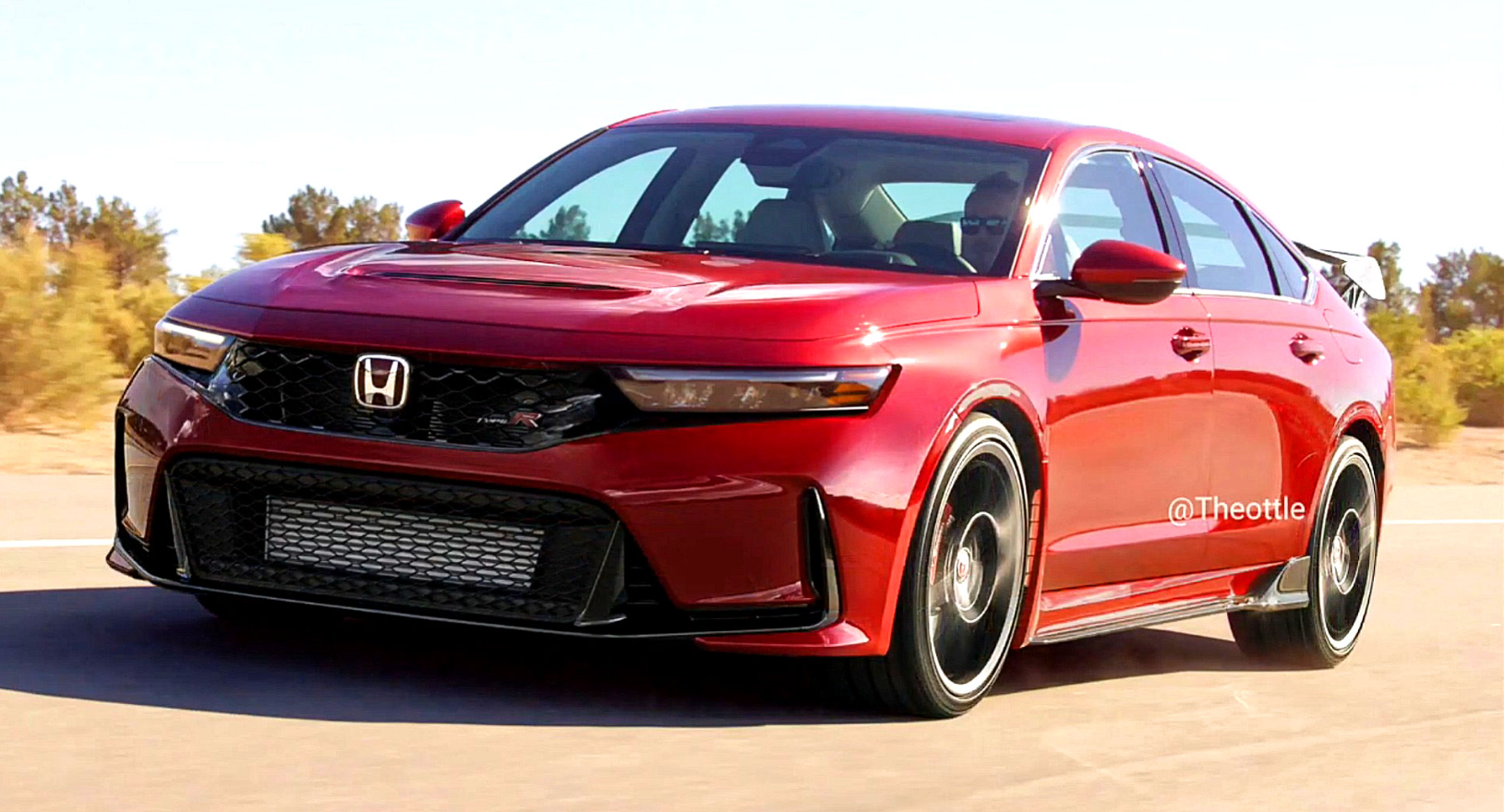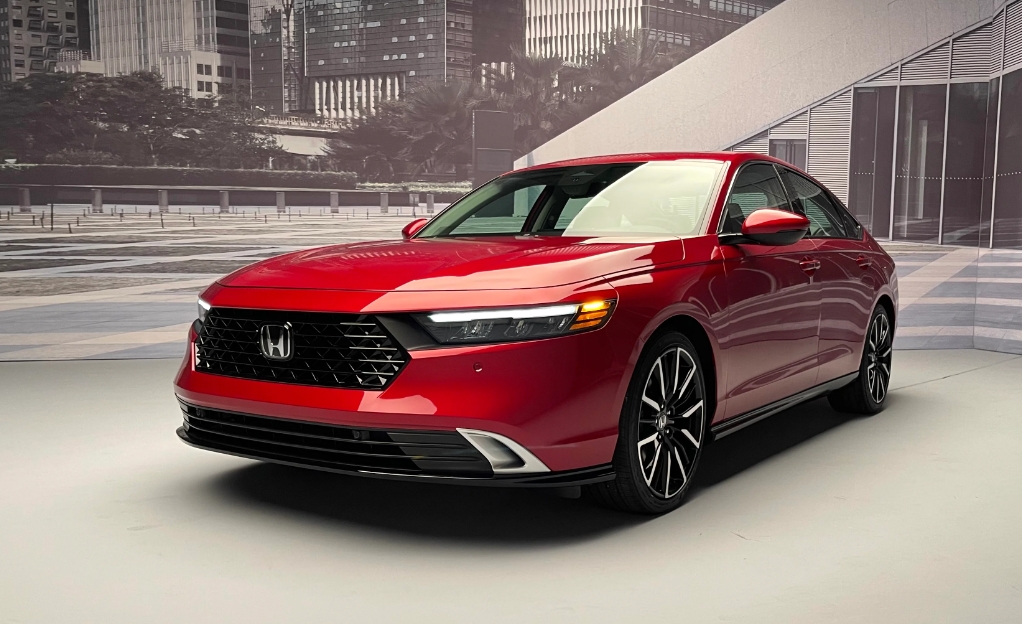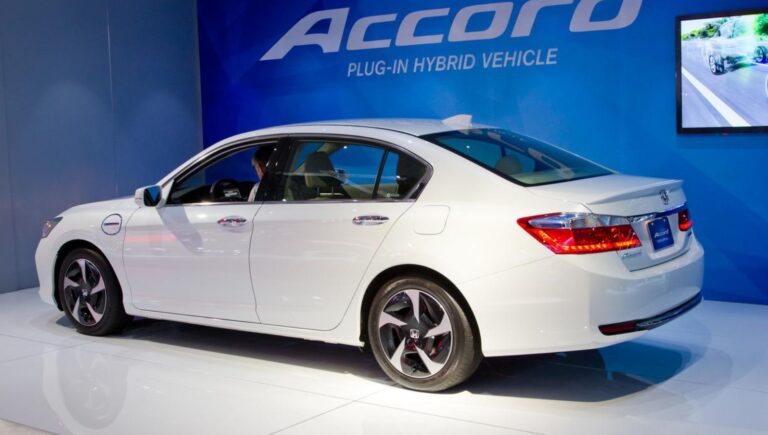The Weight Of Expectations: Exploring The 2025 Honda Accord’s Potential Curb Weight
By admin / August 27, 2024 / No Comments / 2025
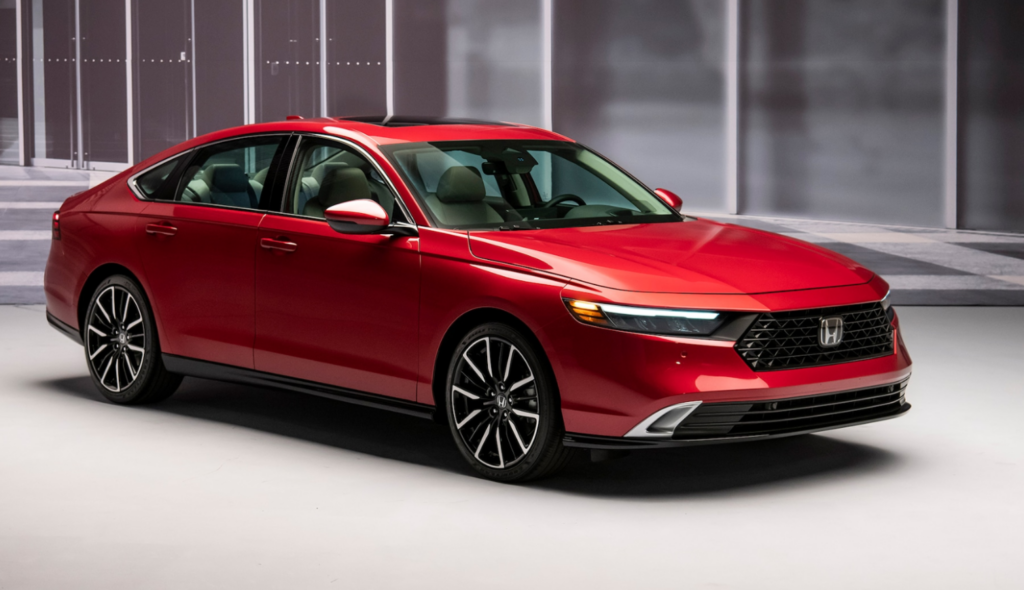
The Weight of Expectations: Exploring the 2025 Honda Accord’s Potential Curb Weight
The Honda Accord has long been a cornerstone of the mid-size sedan segment, known for its reliability, fuel efficiency, and overall practicality. With the automotive landscape rapidly evolving, particularly in the face of rising fuel costs and growing demand for electric vehicles, the 2025 Accord faces a unique set of challenges. One crucial aspect of its success will be its weight, a factor that directly impacts fuel economy, performance, and overall driving experience.
This article delves into the potential weight of the 2025 Honda Accord, exploring the various factors that will influence its curb weight and the implications for its performance, efficiency, and appeal to consumers.
A Look Back: The Accord’s Weight History
Before dissecting the 2025 model, it’s essential to understand the weight trends of previous Accord generations. Throughout its history, the Accord has exhibited a gradual increase in weight, largely driven by advancements in safety features, increased interior space, and the inclusion of more sophisticated technology.
- 1976-1985: The first-generation Accords were remarkably lightweight, with curb weights ranging from 1,850 to 2,000 pounds. This contributed to their impressive fuel efficiency and nimble handling.
- 1986-1993: The introduction of safety features like airbags and anti-lock brakes, along with larger engines and increased interior space, led to a noticeable weight increase. Curb weights for these models hovered around 2,500 to 2,800 pounds.
- 1994-2002: The Accord continued to gain weight, reaching nearly 3,000 pounds in the later years of this generation. This was attributed to further improvements in safety, comfort, and technology, including the introduction of electronic stability control.
- 2003-2017: The Accord’s weight continued to climb, reaching 3,300 to 3,500 pounds. This generation saw the addition of features like navigation systems, sunroof options, and advanced powertrains.
- 2018-Present: The current generation, while still a heavy car, has seen a slight reduction in weight compared to its predecessor. This is due to the use of lighter materials like aluminum and high-strength steel in the construction of the chassis and body.
Factors Influencing the 2025 Accord’s Weight
Several key factors will play a significant role in determining the 2025 Accord’s curb weight:
1. Powertrain Options:
- Gasoline Engines: While Honda has committed to electrifying its lineup, a gasoline engine will likely remain a core option for the 2025 Accord. The choice of engine size and technology will directly influence weight. A smaller, turbocharged engine could potentially offset the weight penalty associated with increased power.
- Hybrid Technology: The Accord Hybrid has proven to be a popular choice, offering a blend of fuel efficiency and performance. The 2025 Accord is likely to feature a more advanced hybrid system, which might add some weight due to the inclusion of larger batteries and electric motors.
- Plug-in Hybrid: A plug-in hybrid variant could offer extended electric range and reduced emissions. However, the additional battery capacity and associated components will undoubtedly increase the vehicle’s weight.
- Fully Electric: A fully electric Accord would represent a significant departure for the model. While the lack of an internal combustion engine would contribute to a lighter overall weight, the battery pack required for sufficient range would likely offset this advantage.
2. Body Construction and Materials:
- Steel: Traditional steel remains a cost-effective material for automotive body construction. However, it is also relatively heavy.
- Aluminum: Honda has already implemented aluminum in the current Accord’s chassis, resulting in weight reduction. The 2025 model could see further use of aluminum in the body panels, further minimizing weight.
- High-Strength Steel: Using high-strength steel in strategic areas of the body can improve strength and rigidity without adding significant weight.
- Carbon Fiber: While carbon fiber is incredibly lightweight and strong, it is also significantly more expensive. Its use in the 2025 Accord is unlikely, except for potentially limited applications in high-performance trims.
3. Safety Features:
- Advanced Driver-Assistance Systems (ADAS): The 2025 Accord will likely be equipped with a comprehensive suite of ADAS features, including adaptive cruise control, lane departure warning, blind spot monitoring, and automatic emergency braking. These systems require sensors, cameras, and processing units, which can add weight.
- Airbags: The number and types of airbags deployed in the Accord are expected to increase in line with evolving safety regulations. This will contribute to the overall weight.
- Passive Safety Features: Structural reinforcements, crumple zones, and other passive safety features are essential for crash protection but can also add weight.
4. Interior Features and Amenities:
- Technology and Connectivity: The 2025 Accord will likely feature an advanced infotainment system with a large touchscreen display, a premium sound system, and a suite of connected services. These features can add weight, particularly if they require larger displays or complex electronics.
- Comfort and Convenience: Features like heated and ventilated seats, a panoramic sunroof, and advanced climate control systems can also increase the vehicle’s weight.
- Interior Materials: The use of premium materials for the interior trim, such as leather upholstery and wood accents, can contribute to a heavier vehicle.
5. Regulations and Compliance:
- Emissions Standards: Stringent emissions regulations are driving the development of more efficient powertrains and lightweight materials. This can influence the 2025 Accord’s weight, as manufacturers strive to meet these requirements.
- Safety Regulations: The 2025 Accord will need to comply with increasingly stringent safety regulations, potentially leading to the inclusion of additional safety features and structural reinforcements, which can impact weight.
Implications of Weight on the 2025 Accord
The 2025 Accord’s weight will have a significant impact on its performance, fuel efficiency, and overall driving experience:
1. Fuel Economy:
- Lower Weight = Better Fuel Economy: A lighter vehicle requires less energy to move, leading to improved fuel economy.
- Hybrid and Electric Powertrains: The weight advantage of an electric powertrain is partially offset by the weight of the battery pack. However, the overall efficiency of an electric motor can still contribute to better fuel economy compared to a gasoline engine.
2. Performance:
- Lower Weight = Better Acceleration and Handling: A lighter vehicle accelerates faster and handles more nimbly.
- Powertrain Impact: A powerful engine can compensate for increased weight, but it will come at the cost of fuel efficiency.
3. Driving Experience:
- Lighter = More Agile and Responsive: A lighter Accord will feel more agile and responsive to driver inputs, offering a more engaging driving experience.
- Heavier = More Stable and Comfortable: While a heavier vehicle may not be as nimble, it can offer a more stable and comfortable ride, particularly on rough roads.
4. Consumer Appeal:
- Fuel Efficiency is Key: Consumers are increasingly prioritizing fuel efficiency due to rising fuel prices. A lighter Accord with a fuel-efficient powertrain will be more appealing.
- Balance is Essential: Consumers also value performance and driving enjoyment. A well-balanced Accord that delivers both fuel efficiency and a sporty driving experience will likely be more successful.
Conclusion: The Weight of the Future
The 2025 Honda Accord’s weight will be a crucial factor in its success. Honda faces a delicate balancing act, needing to optimize weight while maintaining the Accord’s reputation for reliability, comfort, and performance. The use of advanced materials, innovative powertrain technologies, and careful design choices will be essential in minimizing weight without sacrificing safety or features.
The 2025 Accord’s curb weight will likely be in the 3,200 to 3,400-pound range, depending on the specific trim level and powertrain configuration. While this represents a slight reduction from the current model, it will still be a relatively heavy car. However, Honda’s commitment to fuel efficiency and performance will likely result in a vehicle that delivers a compelling blend of practicality, driving enjoyment, and environmental responsibility.
The 2025 Accord will need to navigate a complex landscape of consumer preferences, evolving technology, and regulatory pressures. Its success will hinge on finding the right balance between weight, efficiency, and performance, ensuring that it remains a compelling choice in a competitive market.

